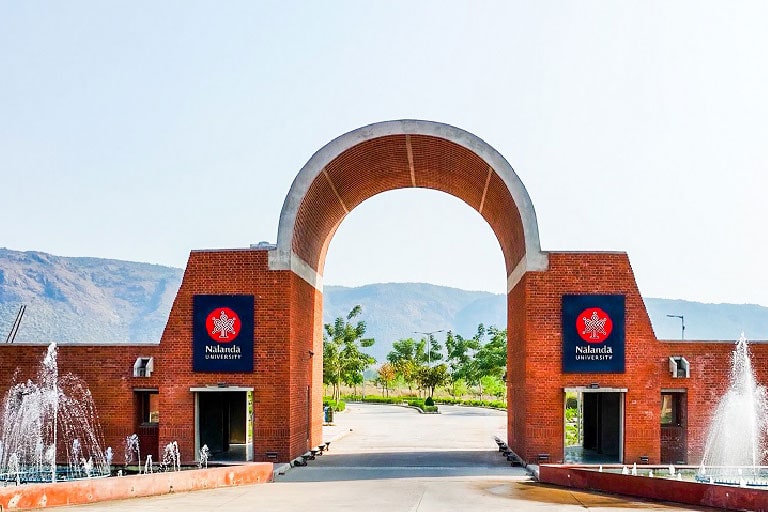The new campus of Nalanda University in Bihar’s Rajgir is conceived as a ‘net zero’ campus. The campus is built near the ancient ruins of the original monastic and scholastic institution, and was recently inaugurated by Prime Minister Narendra Modi.
The campus is self-sustainable with a 5 MW AC (6.5 MW DC) on-grid ground-mount solar plant, a 500-KLD water treatment plant, a 400-KLD water recycling plant, and 100 acres of water bodies. An innovative 1.2 MW AC biogas-based waste-to-energy plant is also nearing completion.
The 5 MW AC solar plant, designed and implemented by Bharat Heavy Electricals Ltd, meets the entire campus’s power needs, supporting its goal to become a self-sustainable, net-zero campus. BHEL’s scope of work included design supply, erection, and commissioning.
The University has a deep connection with history. The original Nalanda University, established around 1,600 years ago, is considered to be amongst the first residential universities in the world. The ruins of Nalanda were declared as a UN Heritage Site in 2016.
This content is protected by copyright and may not be reused. If you want to cooperate with us and would like to reuse some of our content, please contact: editors@pv-magazine.com.









Govt should compulsory to setup solar pannel by all govt institutions, department,govt building,railway station,bus stand ,factories,agriculture lands,by all electricity authorities and state electricity board with monthly emi with their electricity bill it’s helps decreasing crime in india ,because 24 hour availability of electricity insured light in every area of the country and discourage criminal activity